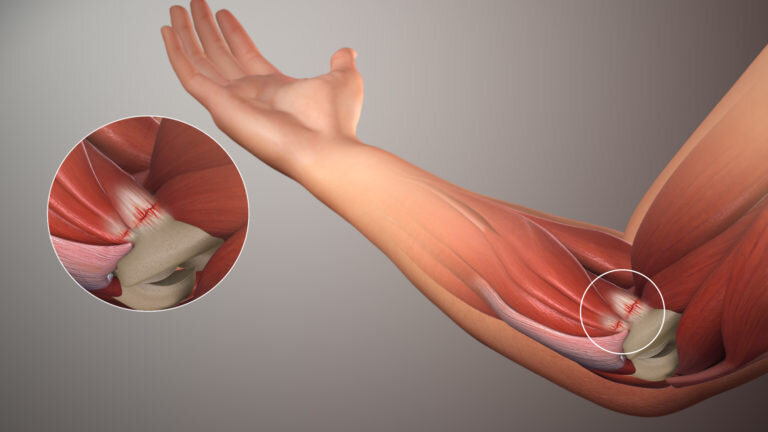The PT’s Guide to Golfer’s Elbow
“Golfer’s Elbow”, or medial epicondylalgia, is inflammation and pain at the medial elbow. Although less common than it’s cousin “tennis elbow”, they share similarities and both result in pain that can limit your ability to grasp and hold objects. Fortunately, physical therapists are equipped with the knowledge to treat and manage complaints of medial and lateral elbow pain without the need for further medical or surgical intervention. This blog highlights the anatomy and cause of golfer’s elbow, and offers strategies to address your elbow pain through manual therapy intervention and exercise.
What is Golfer’s Elbow?
Medial Epicondylalgia can be simply described as pain at the medial (inner) elbow. This injury involves the flexor tendon mass, which originates at the medial epicondyle at the elbow. The flexor muscles course down the forearm to the wrist and allows you to flex the fingers and the wrist.
Although commonly known as “Golfer’s Elbow”, few people develop this from sports (Shiri et al., 2006). Golfer’s elbow most often arises from overuse and repetitive activity from domestic or occupational demands. This repetitive use can result in an inflammatory process that causes pain with gripping, carrying objects, and using the involved arm for daily activities.
If this injury continues to develop, golfer’s elbow can be associated with significant pain and disability that can limit one’s ability to complete daily activities. This could include seemingly simple activities such as picking up a water bottle, turning a doorknob, steering your car, or picking up your child.
How can your PT help?
A skilled evaluation by a physical therapist will help determine the cause of your pain and identify impairments in range of motion (ROM), strength, and movement patterns that could be contributing to your golfer’s elbow. New Jersey allows direct access to your PT without a script, so your PT will also take time to screen for “red flags” and determine if you are truly appropriate for PT or if you need to be referred out to another health care professional.
Education is key
Education is power, especially when it comes to golfer’s and tennis elbow. Research has shown that physical therapy can successfully address your pain without need for injections, surgery, or other medical intervention with some studies reporting PT is superior to other treatments in the long term (Coombes et al., 2015). However, it is important to know that it may take some time! This injury is most often due to repetitive use over time, so it is important to know that rehabilitation will take patience, hard work, and a desire to get better. It is crucial to trust the rehab process.
Your therapist will educate you on the injury and your prognosis for recovery. Your PT will discuss activity and lifestyle modifications that may facilitate a faster recovery and pair it with a specific home exercise program.
Manual Therapy
In an effort to modulate your pain, your PT may choose from a variety of manual therapy techniques to decrease pain with insulting activities such as gripping. Below we have chosen a few techniques that may benefit you:
Spinal Manipulation
There is evidence to support treating the cervical and thoracic regions for tennis elbow and golfer’s elbow (Coombes et al., 2015). This technique is a seated manipulation of the cervicothoracic junction (CTJ). The patient is seated on the table while the therapist places the patient into proper positioning. With the patient relaxed, a posterior and superior force is created to manipulate the CTJ. A cavitation (pop or crack) may be audible for this technique. The goal with this technique is to provide pain relief and decrease irritability at the elbow.
Movement with Mobilization (MWM)
The patient lays on the table with a grip trainer in the hand of the affected arm. A squeeze reproduces pain in the medial elbow. Next, the PT directs a “varus” force to the elbow as the patient squeezes the grip trainer with no pain. This is repeated for multiple rounds or as needed to gain pain relief during gripping activities.
STM or IASTM
Some patient’s benefit from soft tissue mobilization (STM) to the flexor mass. In this picture, I am using an instrument-assisted soft tissue mobilization (IASTM) technique to the medial elbow for pain relief.
Exercises for Golfer’s Elbow
After addressing your pain with manual therapy, it is important to capitalize with meaningful exercises to address your injury. Below you will find some common exercises that I prescribe for golfer’s elbow.
Eccentric/Concentric Wrist Flexion
The patient is seated with the elbow flexed to 90° and resting on a table. While grasping a light dumbbell, slowly curl your wrist up to the ceiling and slowly allow the wrist to return to the starting position. Repeat for 3-4 sets of 8-12 repetitions.
Hammer Pronation/Supination
In the same position as the first exercise, grasp a hammer with the affected arm while seated at the table. Slowly turn your wrist back and forth so that both ends of the hammer touch the table. Repeat for 3 sets of 8-12 repetitions.
Unilateral Elastic Band Row
Addressing proximal weakness and control is an important part of the rehab process. Secure an elastic band to a stable object. While standing, slightly bend the knees and pull the band backwards with a neutral wrist. Squeeze the shoulder blade back and drive your elbow behind you. Repeat for 3 sets of 15 repetitions.
Conclusion
Golfer’s elbow is a complex injury that can lead to significant pain and disability if not addressed. Physical therapists are equipped with the knowledge and tools to decrease your pain and get you back to your life without the need for other medical interventions. Your PT will provide you education, manual therapy, and specific exercises to address your elbow pain. It is important to know that the road to recovery may be a long one, but if you trust the process physical therapy can help you get better, play better, and stay better.
By: Dr. Justin Hanus, PT, DPT, CSCS
References:
Amin, N. H., Kumar, N. S., & Schickendantz, M. S. (2015). Medial epicondylitis: evaluation and management. JAAOS-Journal of the American Academy of Orthopaedic Surgeons, 23(6), 348-355.
Coombes, B. K., Bisset, L., & Vicenzino, B. (2015). Management of lateral elbow tendinopathy: one size does not fit all. journal of orthopaedic & sports physical therapy, 45(11), 938-949.
Shiri R. et al. Prevalence and determinants of the lateral and medial epicondylitis: a population study. American journal of epidemiology, vol. 164 n° 11, pag 1065 – 1074. 2006 September.
Are you interested in our services at Trifecta Therapeutics, but live too far away from our facility? Schedule a telehealth visit!



